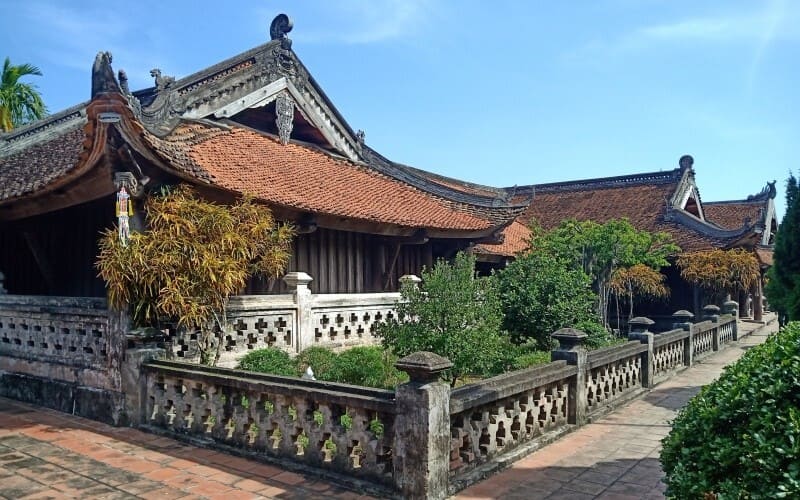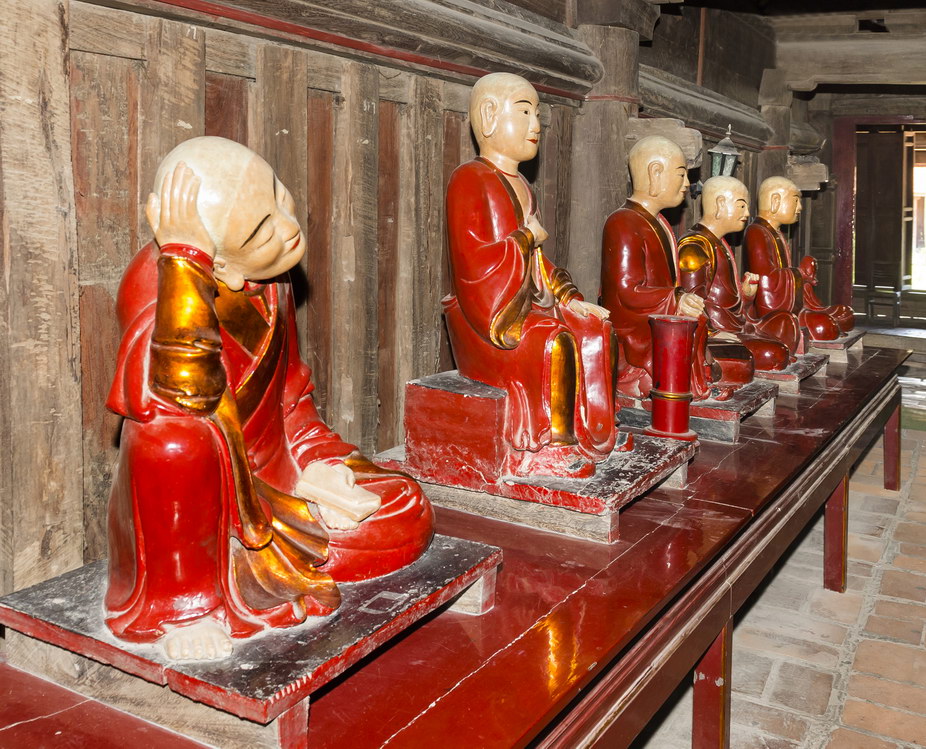Keo Pagoda
1. Overview
Keo Pagoda (Vietnamese: Chùa Keo) is one of the most famous and historically significant Buddhist temples in northern Vietnam. It is located in Dien Xa Commune, Vũ Thư District, Thái Bình Province.
Renowned for its ancient wooden architecture, intricate carvings, and spiritual atmosphere, Keo Pagoda is considered a national treasure and a prime example of Vietnam’s traditional temple design.
2. Historical Background
-
Keo Pagoda was originally built in the 17th century during the Later Le Dynasty under the direction of Zen Master Thích Quảng Đức.
-
The temple was constructed to honor Buddha and became a major center of Buddhist worship and study in the region.
-
Over the centuries, Keo Pagoda has been restored and preserved, maintaining much of its original architectural beauty and cultural significance.
3. Architectural Features
-
Wooden Architecture:
Keo Pagoda is famous for its large wooden structures, built without using nails, showcasing the advanced craftsmanship of Vietnamese carpenters. -
Roof Design:
The temple features curved roofs with elegant upward sweeping corners, typical of traditional Vietnamese pagodas. -
Detailed Carvings:
Intricate wood carvings of dragons, phoenixes, lotus flowers, and Buddhist symbols decorate the beams, pillars, and doors. -
Main Hall and Bell Tower:
The complex includes the main prayer hall, bell tower, and several smaller shrines, all arranged harmoniously in the temple grounds.
4. Cultural and Religious Significance
-
Keo Pagoda is a major pilgrimage site for Buddhists in northern Vietnam.
-
The temple is also known for its annual Keo Pagoda Festival, held in the spring, featuring traditional rituals, folk games, and cultural performances.
-
It plays an important role in preserving and promoting Vietnamese Buddhist traditions and local culture.
5. Visiting Information
-
Location: Dien Xa Commune, Vũ Thư District, Thái Bình Province
-
Best Time to Visit: Spring season (February to March), especially during the festival time
-
Tips: Visitors should dress respectfully and observe temple customs when visiting. Photography is usually allowed but should be done discreetly.
6. Conclusion
Keo Pagoda is not just a religious site but a living museum of Vietnamese history, culture, and architecture. Its timeless beauty and peaceful environment attract pilgrims and tourists alike, offering a glimpse into Vietnam’s rich spiritual heritage.



